How to Use Seeds and Food Scraps to Grow Vegetables in Your Garden
When we eat fruit and vegetables, in most cases we throw the scraps in the organic waste, without thinking that their seeds, or parts of the food, could be used to create a beautiful home garden. For those lucky enough to have a garden - but in some cases a small balcony is fine - here are 7 foods whose scraps can be used to produce new plants and, of course, new tasty products.
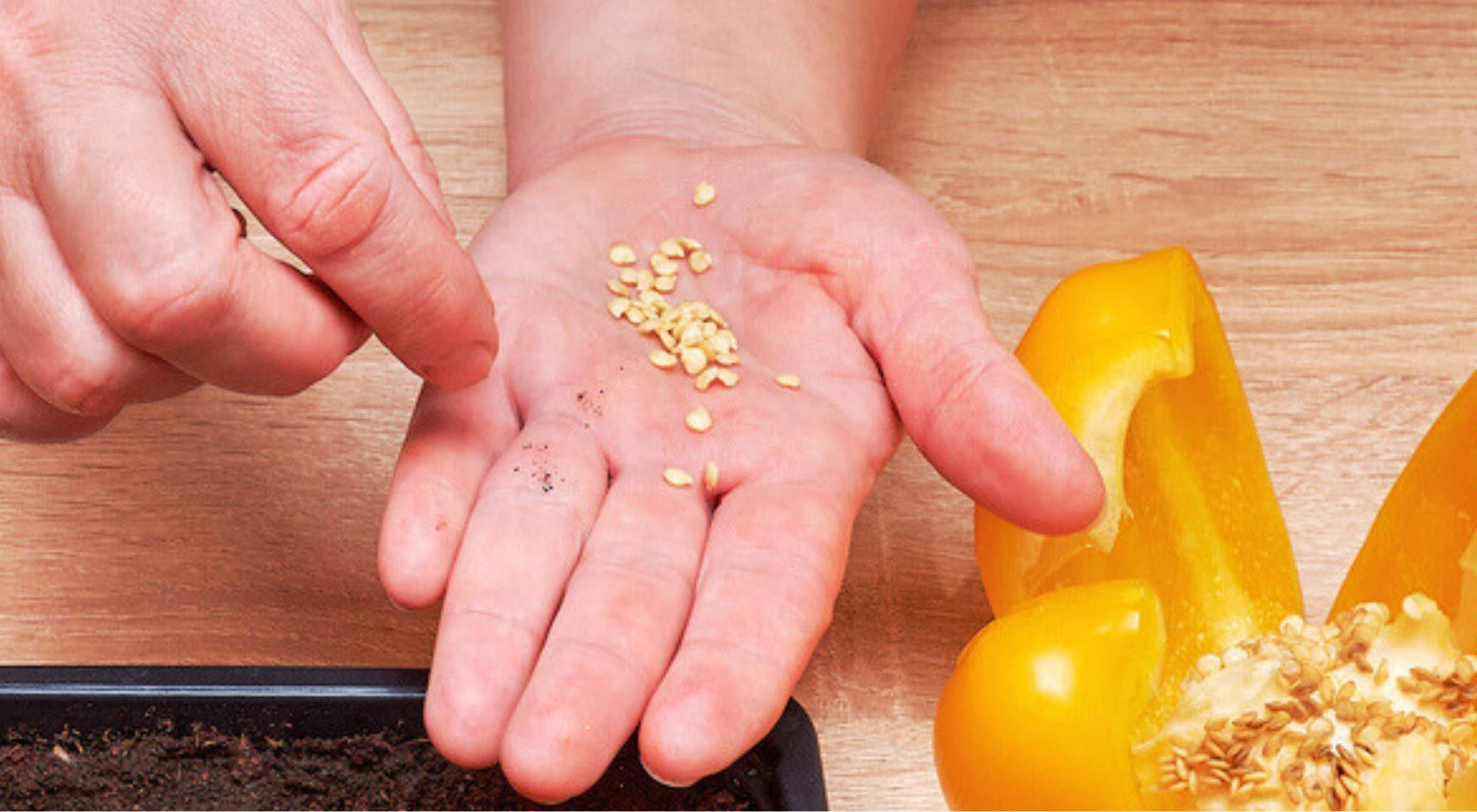;Resize,width=742;)
Being able to grow your own vegetables, if you are lucky enough to have a garden in good condition, is ideal: ultra-short supply chain, traceability and great satisfaction. Often at home we use foods from which we can obtain seeds or scraps, which will give life to new plants, in a virtuous circle for the environment and for food. Here's how to grow plants in the garden, obtaining them from the scraps of daily meals.
1. Tomatoes
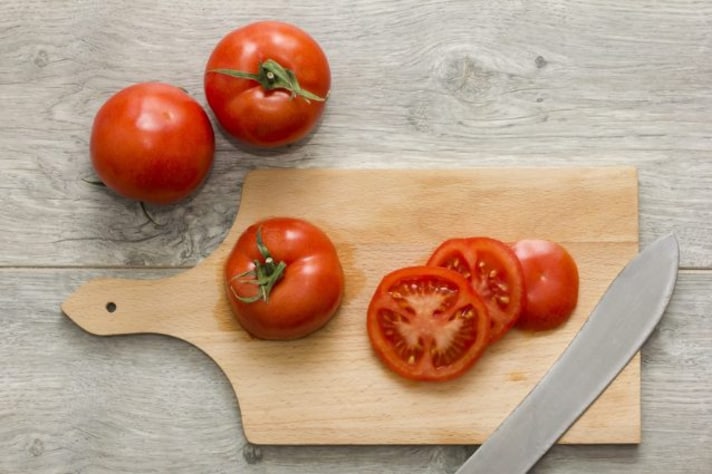
Tomatoes contain seeds that can be easily extracted, to be planted in the garden. To sow them, first put them in a small home greenhouse: later you can move the seedlings outdoors. The ideal temperature for sowing tomatoes, in fact, is just above 68 degrees F (20C). To prevent the seedling from not developing, the plant must not suffer from the cold: the temperature must never fall below 53,6°F (12C).
2. Potatoes
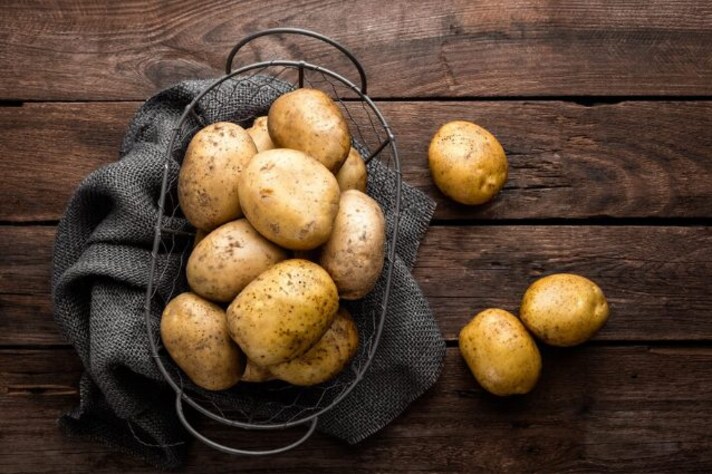
Potatoes are a very common and versatile food: the protagonists of a thousand recipes and a thousand different cooking methods. But did you know that you only need to plant a piece to produce many more? It's all about identifying the part to plant: the piece to use is the one from which the sprouts emerge. Finding it is not difficult, given that on that part the potato has some hollow nodes.
Once sprouted, new potatoes can be harvested about 2-3 weeks after the plant has stopped flowering; if you prefer more mature potatoes, you will have to wait until 2-3 weeks after the foliage has disappeared.
3. Peppers
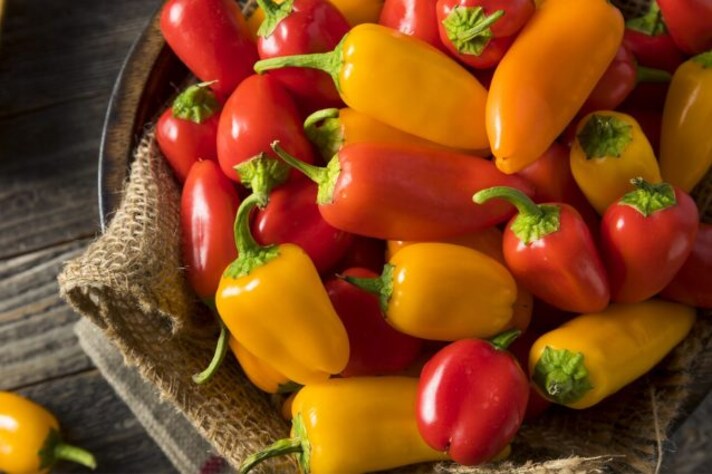
Peppers are some of the easiest crops to plant, as long as the soil is fertile and in the right condition. Most experts recommend planting just one seed at a time, so that the plant has more room to grow. Outdoor cultivation is recommended, which makes peppers perfect for growing in a garden.
4. Watermelon
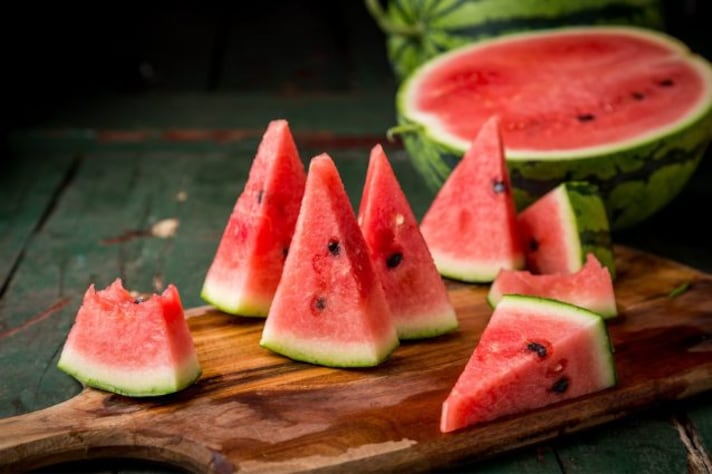
Watermelon scraps can be used in a variety of ways, the most fruitful of which is of course planting its seeds. Like tomatoes, watermelons should be planted and left to grow in a nursery or greenhouse for a few weeks before finally being transferred to the ground. A fully developed product should be available in 80 days; but beware: you will need space.
5. Aromatic Herbs
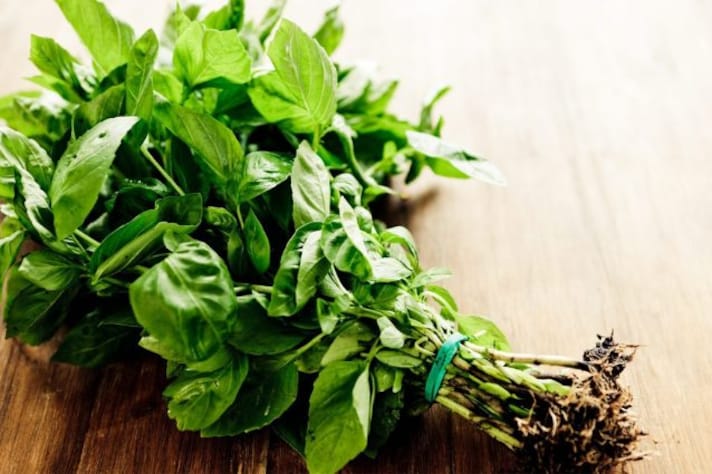
Aromatic herbs are among the most cultivated plants at home or in the garden: a basic food to flavor and enrich your dishes. Many of these produce seeds that are easy to grow, such as basil and mint. In other cases, you can use a cutting, or a part of the plant, to put in a pot. Even in this case, cultivation must start in a more protected environment, to then be moved outdoors when the plant is "adult".
6. Celery
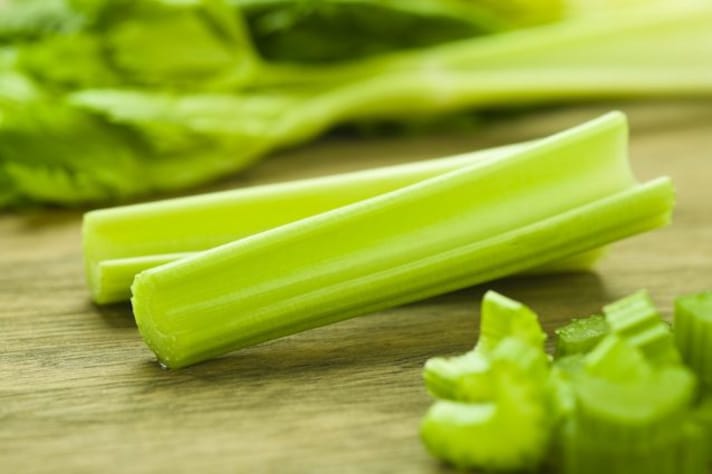
Celery can be grown indoors, in a small space on the balcony, or in the garden. To do so, simply cut the base of a bunch of celery, obtaining a part to put in a small bowl of water: once the roots have sprouted, you can transfer it to the soil.
7. Avocado
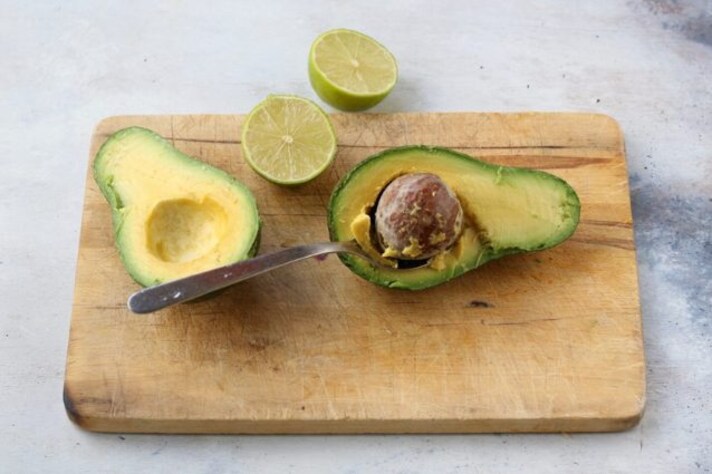
The avocado seed can be planted to grow a lush and luxuriant plant: it is not certain that its fruits will ripen well, but it does not hurt to try. To plant the avocado, wash the seed and put it in a jar with water. In the right conditions, this plant could also produce fruit: but it will take a few years.
;Resize,width=767;)

;Resize,width=712;)
;Resize,width=712;)
